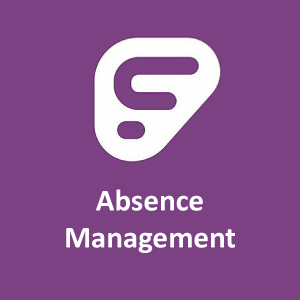

Pogorzelski-Yankee Memorial Scholarships
The American Guild of Organists (AGO) is the national professional association serving the organ and choral music fields. The Guild serves approximately 250 chapters and 10,000 members throughout the United States and abroad. The mission of the American Guild of Organists is to foster a thriving community of musicians who share their knowledge and inspire passion for the organ.
Founded in 1896 as both an educational and service organization, the Guild seeks to set and maintain high musical standards and to promote understanding and appreciation of all aspects of organ and choral music. Under the leadership of the National Council, a network of volunteer committees and officials at the regional, district, and local levels directs the activities of the Guild.
The AGO National Headquarters is in New York City, where a full time staff supports and coordinates education, publication, administration, and development activities of the organization. For purposes of administration and representation, the Guild is divided into seven geographical regions, and each chapter is assigned to one of them.
The AGO and the Associated Pipe Organ Builders of America (APOBA) share a mutually beneficial association, a collaboration that has existed since 1975. For several decades this relationship has been strengthened by financial contributions from APOBA and its members in support of the AGO and its Pipe Organ Encounters (POE) program. The AGO has responded with generous provisions for bringing news from APOBA and its members to the organ public.
$15,000
Student applicants must have the ability to showcase their talent on the organ through three (3) unedited, contiguous video-recorded performances: two repertoire pieces and one hymn. Outstanding performances can occur at any playing level. Performances will be judged based on the quality of the performance, not the difficulty of the music. The focus should be on demonstrating excellence in performance at the applicant’s current level of playing. Each recording must clearly show the applicant performing at the organ console. It must be of sufficient quality to ensure a fair assessment of the candidate’s abilities by the application reviewers. Different instruments may be used; the candidate must provide a specification for each instrument used. Individual pieces may not be edited. We strongly encourage candidates to seek assistance from a school representative, technical adviser, or instructor to complete the video requirement.
- The total time of the two repertoire recordings (not including the hymn) combined should not exceed 30 minutes.
- One composition by J.S. Bach is required (for a trio sonata, your Bach submission should be two sonata movements – either I & II or II & III).
- One additional contrasting work composed after 1800 is also required.
- One composition by J.S. Bach is required (for a trio sonata, your Bach submission should be two sonata movements – either I & II or II & III).
- The performance of the hymn is not to be counted as a part of the 30-minute time limit for the repertoire pieces.
- Any one of the following hymns is required (please use the version provided or suggested below)
- Adoro devote
- Lauda anima
- Innisfree Farm (please use the version found in The Hymnal 1982)
- An introduction and a full rendering (all verses) should be included, as if you were leading your congregation in singing the entire hymn.
- If multiple organs are used, applicants must list the type of instrument for each piece.











